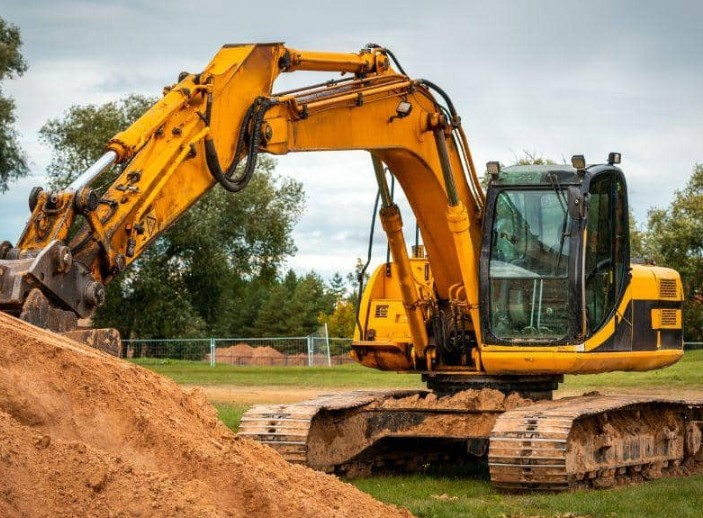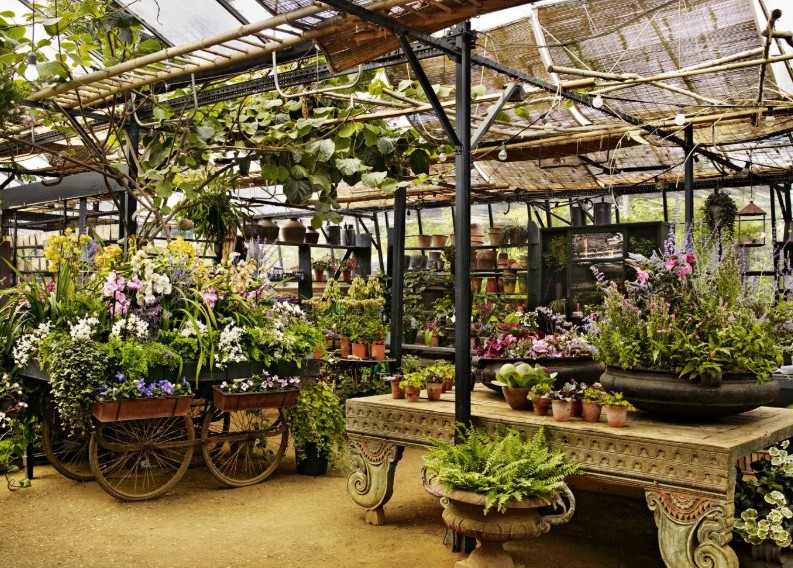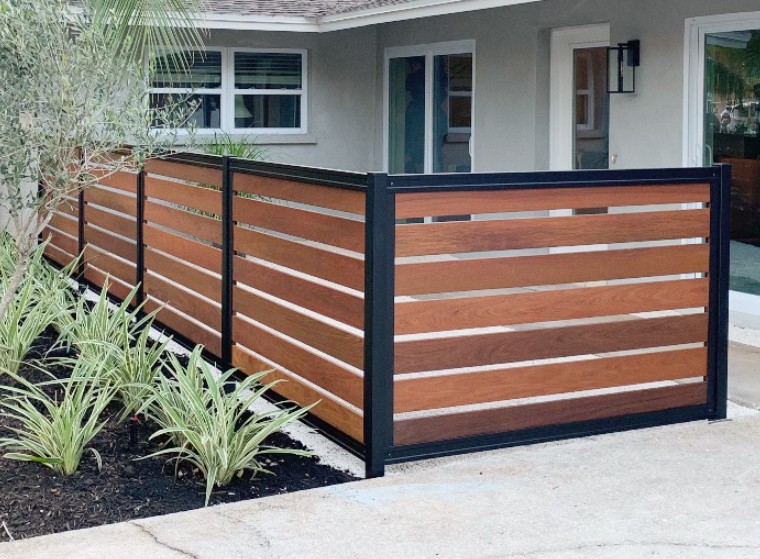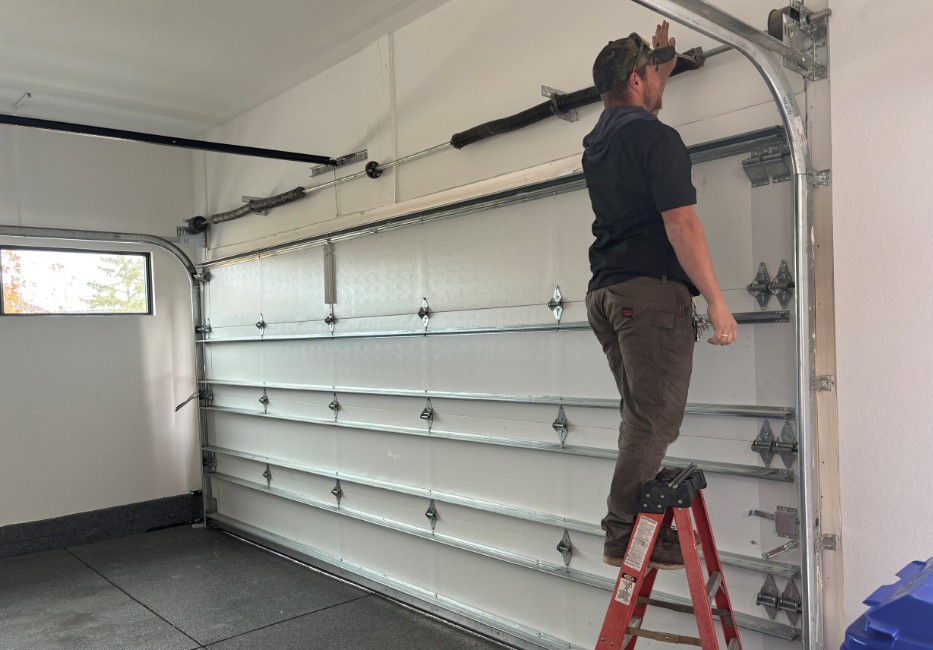What seeds require cold treatment | Home & Garden

Have you ever planted seeds, and nothing sprouted? This could be the result of many different things such as soil moisture, seed viability, soil temperature, planting depth, and many other factors; however, not all seeds are ready to sprout as soon as they are planted in soil. Some seeds require a temperature change to trigger the end of a dormancy (or sleep) period; this process is called stratification.
What is stratification and why do seeds need it?
Stratification occurs naturally when seeds are sown outdoors through the cold winter. It is a survival mechanism so the seed does not prematurely germinate.
Many plants require a period of cold temperatures to break their dormancy cycle with woody plants and herbaceous perennials being some of the more common species. Some popular plants that require stratification include many of the Milkweed species, Purple Coneflower, False Indigo, Black-Eyed Susan, Flowering Dogwood, Redbud, and many others. Many times, seed packets will let us know if there is a cold period requirement for germination, but it is always a good idea to research any germination needs; especially when it comes to collecting and saving seeds.
YARD AND GARDEN: Get ready for spring with Master Gardeners
How to stratify seeds indoors
If you’re like me and failed to get your seeds planted this last fall, we can still grow them this spring by mimicking the required conditions indoors. Place them in a moistened paper towel, sand, peat, or vermiculite in a closed container or sealed plastic bag.
- The stratification process can require cold or heat: Cold stratification: Put the container in the refrigerator at 33°F to 40°F; Warm stratification: Store the container where the temperature is between 68°F and 85°F
- Leave it for one to three months.
- Check the seeds periodically for excess moisture
- After removing the seed from storage, sow it into pots or direct-seed it outside if conditions are suitable.
Note that the length of time needed to stratify depends on the plant species. This period typically varies from one to three months.
It is important to check your seeds occasionally to make sure there is still some moisture in the container but not too much which can cause mold. You can also check the seeds periodically to see if they are sprouting; sprouted seeds can be planted.
Good Growing Tip: Don’t wait too long to start seeds that require a cold period. Depending on the required period of stratification, it can add one to three months when starting seeds.
My Town: Clint Walker’s memories of Coles County as pulled from the archives
Cosmic Blue Comics

From the Nov. 22, 1992, Journal Gazette, this photo of Cosmic Blue Comics in Mattoon; where I spent virtually every Saturday afternoon for about two years. That small back room you see just off to the right of the Coca-Cola sign was where they kept the many, and I mean many, long-boxes of back issues. I still own my bagged copy of “Tales of the Beanworld” issue No. 1 that I found back there. Sadly, this location is now just a “greenspace”.
Mattoon Arcade

Pictured, Shelbyville’s Bob Murray from the June 2, 1982, Journal Gazette, displaying his dominance over the TRON arcade game at the “Carousel Time” arcade at the Cross County Mall, later to be the Aladdin’s Castle, soon thereafter to be not a thing anymore. I spent just about every Saturday at that arcade, perhaps with that exact same haircut. No overalls, though. I was more of an “Ocean Pacific” kind of kid.
Icenogle’s

Pictured, from the Nov. 28, 1988, Journal Gazette, Icenogle’s grocery store. Being from Cooks Mills, we didn’t often shop at Icenogle’s…but when we did, even as a kid, I knew it was the way a grocery store is supposed to be in a perfect world, and that’s not just because they had wood floors, comic books on the magazine rack, or plenty, and I mean plenty, of trading cards in wax packs.
Cooks Mills

I had long since moved away from Cooks Mills by the time this Showcase item about Adam’s Groceries ran in the June 13, 1998, Journal Gazette, but there was a time when I very well could have been one of those kids in that photo; for if it was summer, and you had a bike, and you lived in Cooks Mills, that’s where you ended up. At last report, they still had Tab in the Pepsi-branded cooler in the back. I’m seriously considering asking my money guy if I could afford to reopen this place.
Mister Music

Pictured, from the July 16, 1987, Journal Gazette, this ad for Mister Music, formerly located in the Cross County Mall. I wasn’t buying records at that age, but I would eventually, and that’s where it all went down. If you don’t think it sounds “cool” to hang out at a record store with your buddies on a Friday night, a piping-hot driver’s license fresh in your wallet, you’d be right. But it’s the best a geek like me could do. Wherever you are today, owners of Mister Music, please know that a Minutemen album I found in your cheap bin changed my life.
Sound Source Guitar Throw

Portrait of the author as a young man, about to throw a guitar through a target at that year’s Sound Source Music Guitar Throwing Contest, from the April 18, 1994, Journal Gazette. Check out my grunge-era hoodie, and yes…look carefully, those are Air Jordans you see on my feet. Addendum: despite what the cutline says, I did not win a guitar.
Pictured, clipped from the online archives at JG-TC.com, a photo from the April 18, 1994, Journal Gazette of Sound Source Music Guitar Throwing Contest winner, and current JG-TC staff writer, Clint Walker.
Vette’s

Here today, gone tomorrow, Vette’s Teen Club, from the June 20, 1991, Journal Gazette. I wasn’t “cool” enough to hang out at Vette’s back in it’s “heyday,” and by “cool enough” I mean, “not proficient enough in parking lot fights.” If only I could get a crack at it now.
FutureGen

FutureGen: The end of the beginning, and eventually, the beginning of the end, from the Dec. 19, 2007, JG-TC. I wish I had been paying more attention at the time. I probably should have been reading the newspaper.
Katie Parker is a Local Foods and Small Farms Educator with University of Illinois Extension.




